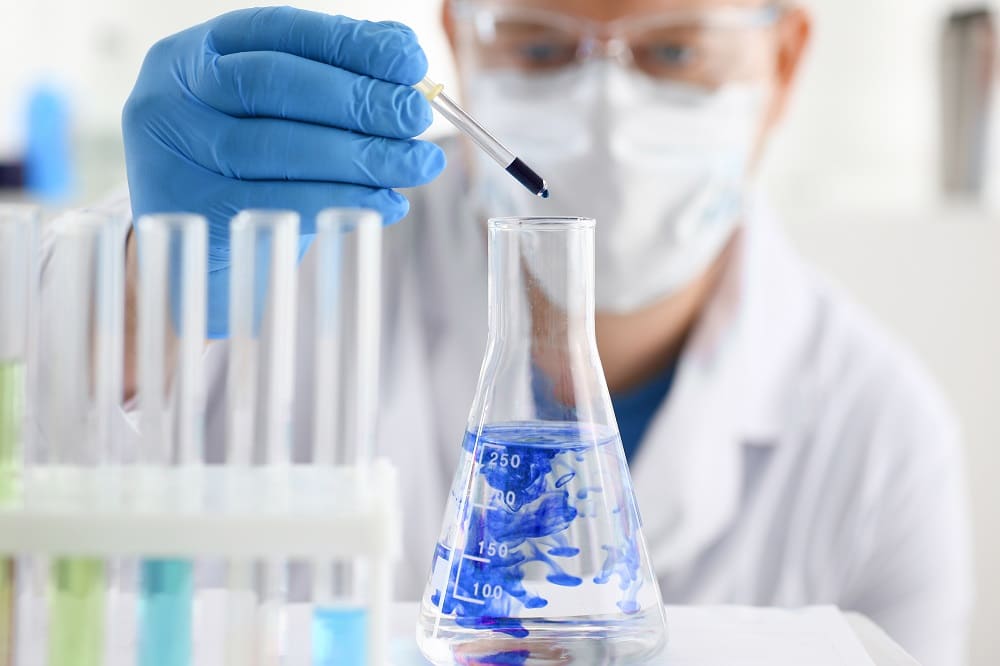There are numerous contaminants that public water supplies are required by law to monitor regularly. Coliform bacteria are one of the most common contaminants found in untreated water supplies because there are numerous potential sources. Public water treatment providers are required to notify customers when there are unsafe levels of coliform bacteria; however, if you get your drinking water from a well, it’s important to get bacterial water testing so that you know if these bacteria are in your water and requires treatment. Here’s what you need to know.
Coliform Bacteria Basics
Coliform bacteria are organisms found in the feces of humans and animals. They can also be found in plant material and soil. The bacteria generally don’t cause illness, but when there’s coliform bacteria in the water, it could mean that there are other pathogens in the water that will cause illness.
Types of Coliform Bacteria
There are three types of coliform bacteria that water tests generally look for. Total coliform is found in soil and vegetation and rarely causes any illness. When total coliform bacteria are detected, the source is usually from the environment, so finding the source is a good idea simply because it means there’s the potential for other pathogens to enter the water as well. Fecal coliform bacteria are part of total coliform bacteria and come from the feces and intestines of people and animals. Finding fecal coliform bacteria means there’s a higher risk of other pathogens. E. coli is a smaller group of the fecal coliform sub-group. Small quantities of E. coli are usually harmless; however, some strains can sicken people, and it means that there’s recent fecal contamination and a higher risk of other pathogen contamination.
Testing for Coliform Bacteria
Unfortunately, there’s no way to know for sure that your water has coliform bacteria without the help of water test labs. The water doesn’t look, smell, or taste any different. Testing your well water will give you an idea of the level and type of contaminants you may be exposed to. Although most coliform bacteria are harmless, other pathogens and some strains of coliform bacteria can cause vomiting, diarrhea, and other symptoms. Your water purity can fluctuate as well, so it’s important to remember that testing your water once with good results doesn’t mean you won’t have to test again. It’s important to test every year, preferably in late spring or early summer, when runoff increases the chances of contamination. Doing so will ensure new sources of contamination are detected.
When Coliform Bacteria Are Confirmed
If water testing confirms the presence of coliform bacteria in your drinking water, you need to treat the water and find the source of contamination. In many cases, the contamination is due to problems with the well that can be repaired to address the problem. In the meantime, you can boil the water as a short-term solution. If you’re unable to control the source of bacteria contaminating your well, there are some long-term treatments to consider. Chlorination can be fed continuously through the system to kill bacteria. Ozonation is similar to chlorination, but it uses an ozone gas rather than chlorine and treats other contaminants as well. Ultraviolet disinfection exposes the water to the UV light in order to kill the bacteria in the water as it passes by the light. To determine if you need to treat your well water for coliform bacteria, contact Environmental Testing and Research Laboratories, Inc., today.

